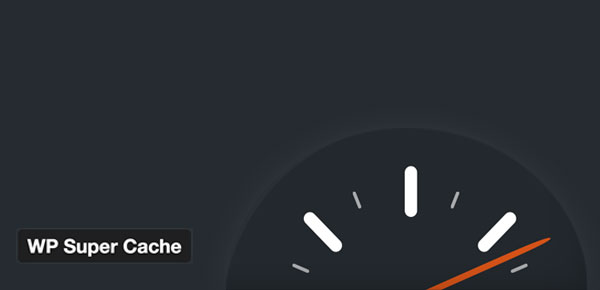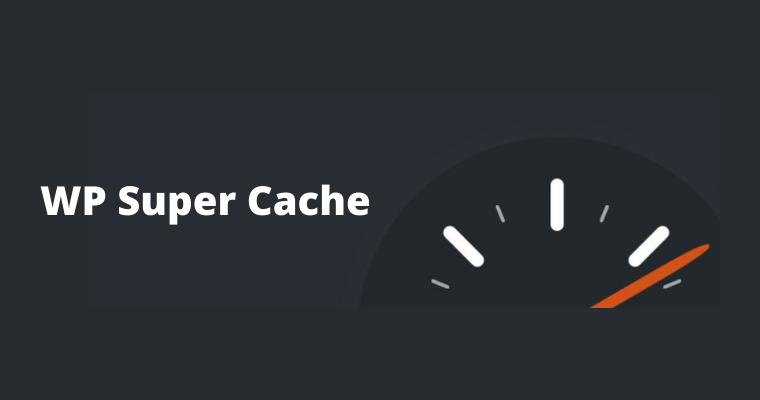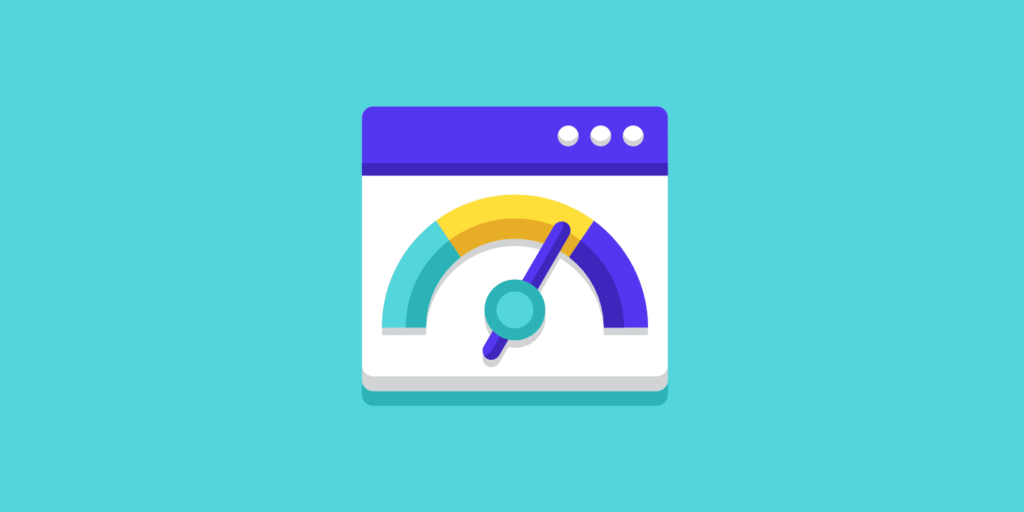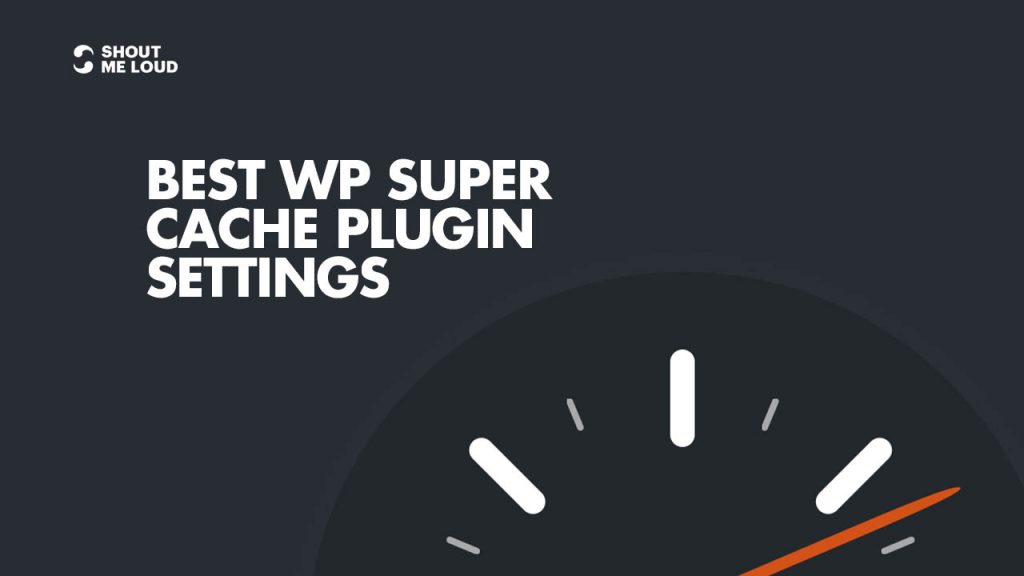W3 Total Cache Settings
When you have a new WordPress website, adding a caching plugin would be among the most important thing to do in order to speed up your website. There are a number of top-level cache plugins out there, and you have a choice to go for the one that is suitable for your needs. W3 Total Cache is among the best plugins for this particular job. Installing W3 Total Cache and modifying the W3 Total Cache settings will make your website load faster. Here in this article, we discuss w3 total cache settings.
Although it is extremely popular among WordPress users, getting through the W3 Total Cache settings can be very difficult for a beginner. When you are able to get it right, you will surely see a boost to your site speed. Unlike any other WordPress plugins that have a simple and streamlined interface, W3 Total Cache is the only one that offers you complete control over the caching configuration of the WordPress site.
In order to take your WordPress optimization even further, you have the advantage of using PageSpeedy.io, which is able to live up to its name on a number of fronts. With PageSpeedy, not only are you able to achieve blazing fast speeds, but you will also find it very quick to set up. PageSpeedy offers a nice balance between being feature-rich while it is also very easy to use. The plugin is packed with advanced caching, CDN support, minification, and various performance optimization features.
Installing W3 Total Cache
W3 Total Cache can be installed on a website as it is present right in the WordPress dashboard. The user is required to seek the W3 Total Cache on the page of ‘Add Plugins’ and then install it. You also have the alternative to acquire the pro version of this plugin.
The pro version offers you a few additional features like Google Maps caching, REST API caching, and also some other extensions. By procuring authority of the advanced traits of the W3 Total Cache settings, you can effortlessly increase the performance of your WordPress site. It also shows significant changes in the speed test of your website.

The Ideal W3 Total Cache Settings
W3 total cache configuration file
In order to configure some primary settings, you can jump into the W3 Total Cache best settings.
Page Cache
You will notice that each of the requests made to your WordPress site is rendered in real-time by default. Dynamic rendering can surely be ideal for certain types of websites like discussion forums or e-commerce stores. However, for news sites, blogs, and any other sites, dynamic content may not be necessary so that the performance can be improved, and the server load can be reduced by adding a page caching layer.
There are several web hosts with whom you don’t want to bother concerning page caching. These web hosting services grant you a comprehensive accomplishing server-level configuration that will be caching the pages of your website in an automatic manner into immobile HTML files. If page caching is not provided by your host, you can still enable it in your W3 Total Cache plugin.
Minification: W3 Total Cache best settings
When you minify your CSS, HTML, and JavaScript assets, you are able to reduce the overall size of the web pages as you will be removing any unrequired whitespace. Enabling the minifying feature and selection of the ‘Auto’ option for the ‘minify mode’ will be found for the majority of the WordPress sites.
There are cases when the JavaScript or CSS code breaks because of minifying assets, and therefore, it is always a better idea to get help from a developer in order to identify those assets that are causing any issues. In order to do this, the minify feature can be used in manual mode, and this can be very helpful for you to bypass minification for any of the JavaScript or CSS files.

W3 total cache Database cache
The results of MySQL database queries are stored in the W3 Total Cache database cache. Although one may not find this particular feature to be useful, therefore, it is always recommended to keep it disabled and instead go for the object cache.
It is worth seeing that in some instances, the W3 Total Cache database cache characteristic may be accountable for the extraordinary CPU usage. This clearly means that the amount of CPU saved for the storage of the database query results may be offset because of the increase in CPU that may be required for this feature.
Object Cache
When we look from the WordPress context, an object cache can store the results of the completed database queries. As WordPress develops with a built-in object cache hence, the data can only be preserved for a unique page load. This helps to get much more efficient page rendering because it makes sure that the page load may not be wasting any of the CPU resources running the identical database queries.
Although the default object cache by WordPress is surely beneficial in terms of performance, an object cache that can retain data across page loads can be much better. The object cache feature of W3 Total Cache can add a custom caching script in a directory. This, in turn, changes the WordPress object cache behavior in order to retain data in a persistent manner.
It is always recommended to enable the object cache feature from the W3 Total Cache best settings on a WordPress site to speed up the requests that are able to utilize the database queries. Because of this, a faster web speed can surely be achieved.
Browser Cache
The speed of a WordPress site can speed up considerably through browser caching, as it locally stores static assets like images, JavaScript, fonts, and CSS. There is an expiration period used by the browser caching in order to determine the length of the caching assets. Nowadays, on the modern web, the majority of developers tend to specify a 1-year expiry period for the static assets.
For the inactive files, the bulk of hosts implement a 1 year cache limit. By checking the cache-control header, one can easily verify this for the fixed file. If a far future expiry time is not enforced by your web host, then the browser cache feature can be enabled in W3 Total Cache settings, and through this, you can configure the expiration period.

Content Delivery Network (CDN)
W3 Total Cache plugin can be configured to rewrite the URLs for the CSS, theme files, JavaScript, media library attachments, and the CDN hostname if you are using a Content Delivery Network or CDN. In the case of your web host, you can use its CDN. When you enable it, the static file URLs can automatically be rewritten.
If your site doesn’t offer CDN or you prefer to use a host with a CDN provider, then you should never forget to enable the CDN feature in the W3 Total Configuration file. After fulfilling this, you can combine your CDN URL.
Reverse Proxy
You can use a reverse proxy to perform a number of logic-based manipulations on the requests that are incoming because reverse proxy tends to sit between WordPress and your web server. Varnish is supported by W3 Total Cache, which is quite a well-known HTTP accelerator for caching, as well as serving the data by having a goal of reduction of backend load. This in turn increases the website’s performance in GTmetrix.
If you would like to use Varnish, you will be required to install the Varnish package through your host. For some web hosts, it may not be necessary to enable the option of reverse proxy because their infrastructure may not be designed to work with Varnish.
User Experience
By having user experience optimization with W3 Total Cache, you can enable lazy loading, disable wp-embed.js script as well as disable emojis. It is recommended to allow for lazy loading on a WordPress website if you want to speed up the page loads. You can use W3 Total Cache for lazy loading if you are not using any plugin-based or browser-native lazy loading.
You will find the majority of operating systems to have built-in support for emojis. Therefore, disabling WordPress included emoji script is advised if you are not a heavy user of emoji. When you remove WordPress emoji, it can be helpful for you to shave an HTTP request as well as removing some KBs from your page load.

User Agent groups
The User-Agent groups of W3 Total Cache is a powerful feature if you plan to redirect the traffic that is based on the device type of the user. With the help of the W3 Total Cache configuration file, your site can be rendered with a different theme if your site is visited by the user from a mobile phone. You can also redirect your users to a site that is completely different, provided that your mobile site survives on a totally different domain.
This is the era of having a responsive web design, but for this particular feature, we don’t happen to see many use cases. Nowadays, the best way is considered to make a responsive website right from the start, instead of completely relying on the mobile-only subdomain or the multiple themes.
Referrer groups
HTTP referrer is considered to be an optional header that offers you all the information regarding the origination of the request. A custom caching behavior can be defined in W3 Total Cache, and it is based on the HTTP referrer of the request with the ‘Referrer Groups.’ One can make referrer groups that comprise search engines and customize the caching behavior only from those domains.
With the help of the ‘Referrer Groups,’ you have the option to redirect the requests to a completely different domain, just like the User-Agent Groups. The majority of WordPress sites would not require setting up the referrer groups, and therefore, their configuration is not recommended.
Cookie groups
Cookie Groups are among the latest caching groups that are supported by W3 Total Cache. By having W3 Total Cache best settings for shared hosting and this feature, you are able to create behaviors and unique caching buckets that are completely based on the request’s cookies.
Just like the ‘Referer Groups’ and the ‘User-Agent Groups,’ the majority of sides would not be required to set up a cookie-based caching configuration that will be custom. If the requirement of your site is to have a cookie-based format, then it is recommended for you to work with a developer in order to configure it in the correct way.
Fragment Cache
Mainly the dynamic sites use Fragment cache, and with this particular feature, only the individual sections are cached instead of the whole page, and normally these are the heavy areas. If you want to use the Fragment cache feature, it is important that you upgrade to the Pro version of the W3 plugin. There are a few recommendations on that particular page, making the plugin fully aware if you are to group the transients. It would be better to have some coding knowledge in order to do this.
OpCode Cache
WordPress is surely a dynamic CMS because the PHP workers continuously execute the code in the background. In the W3 Total Cache settings, OpCode cache is great to speed up your site, as it stores the compiled PHP code making subsequent requests needing the same code quickly.
With some hosting servers, you don’t need to get worried about enabling the OpCode caching layer with W3 Total Cache. These hosts are able to allow OpCache and OpCode cache on all of the live environments. On the staging environments, OpCache gets disabled in order to make sure that the compiled PHP code isn’t cached and it won’t be interfering with debugging and website development.
If OpCode isn’t offered by your host, then it can surely be a good idea to enable it with W3 Total Cache’s best settings. You need to understand that the OpCode Cache feature would only be available with the W3 Total Cache Pro version.
Debug
There is also a debug option available in the W3 Total Cache menu. When this option is enabled, it tends to add the debugging information right at the end of every page. The Debug option is also recommended to be disabled unless a user is operating it in a playful manner. In this particular section, only those modules are available that are enabled in the General settings.

Miscellaneous
There are some miscellaneous W3 Total Cache settings that can be configured by you. In WordPress, if you like presenting a Google Page Speed dashboard widget, then you possess the option to input the Page Speed API Key. Another available option is showing the Page Speed rating for each of the pages in the menu bar of the WordPress website.
In the case of other settings like the NGINX server configuration file path, it is always recommended to leave them with their default settings because if you make any changes, this could bring up some issues. You are solely directed to implement modifications if you have a definite reason to do that.
Final Thoughts
There is no doubt that the plugin W3 Total Cache is full of different features and settings. From asset minification to page caching to cloud integration, W3 Total Cache settings offer you everything necessary to boost the performance of a WordPress site. When your site is configured through the ways that are recommended, you will notice a very high speed and significantly faster page loading times.
Also Read: Divi Website Slow: How To Speed Up A Slow Loading Website